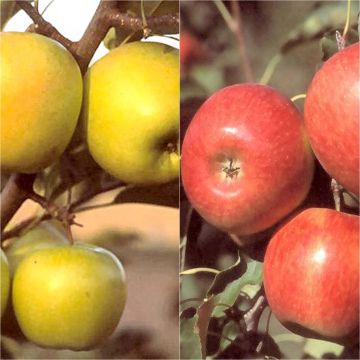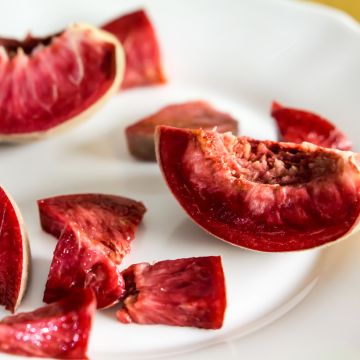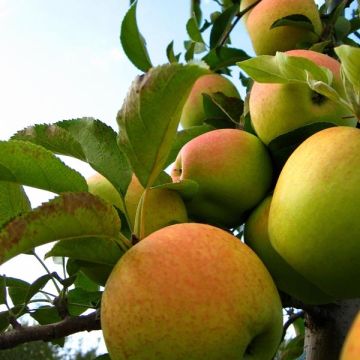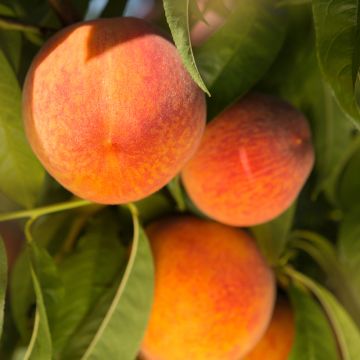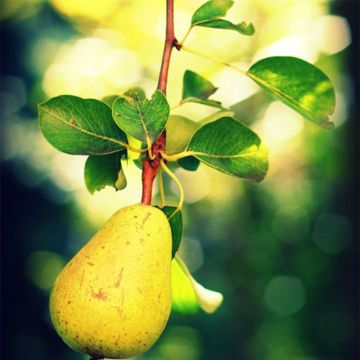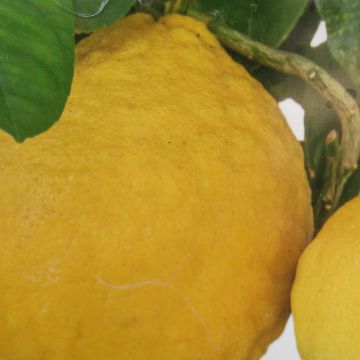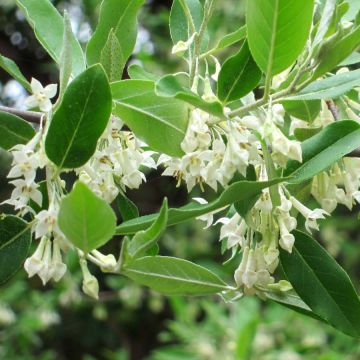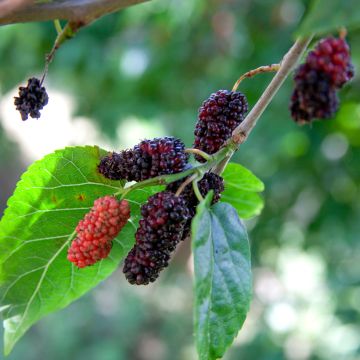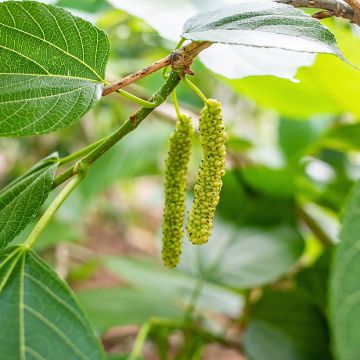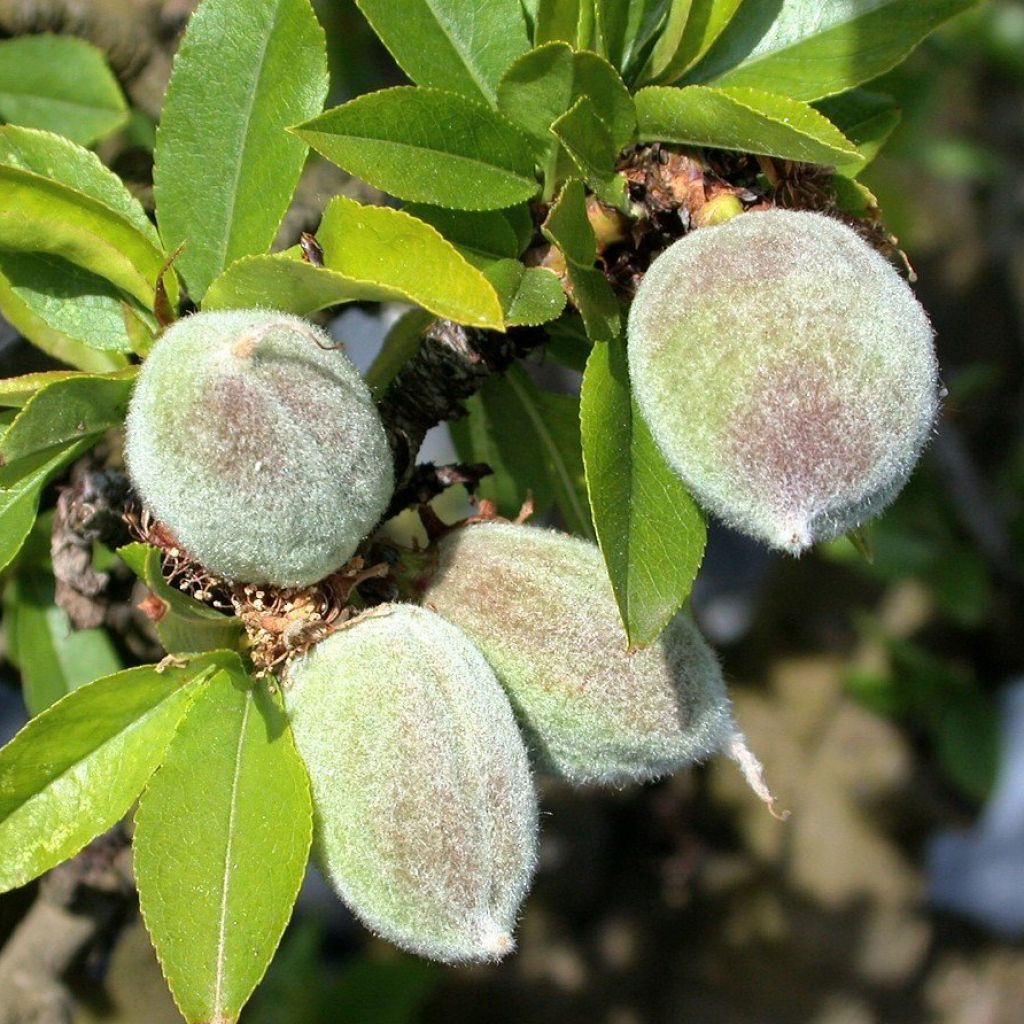

Dwarf Almond Garden Prince
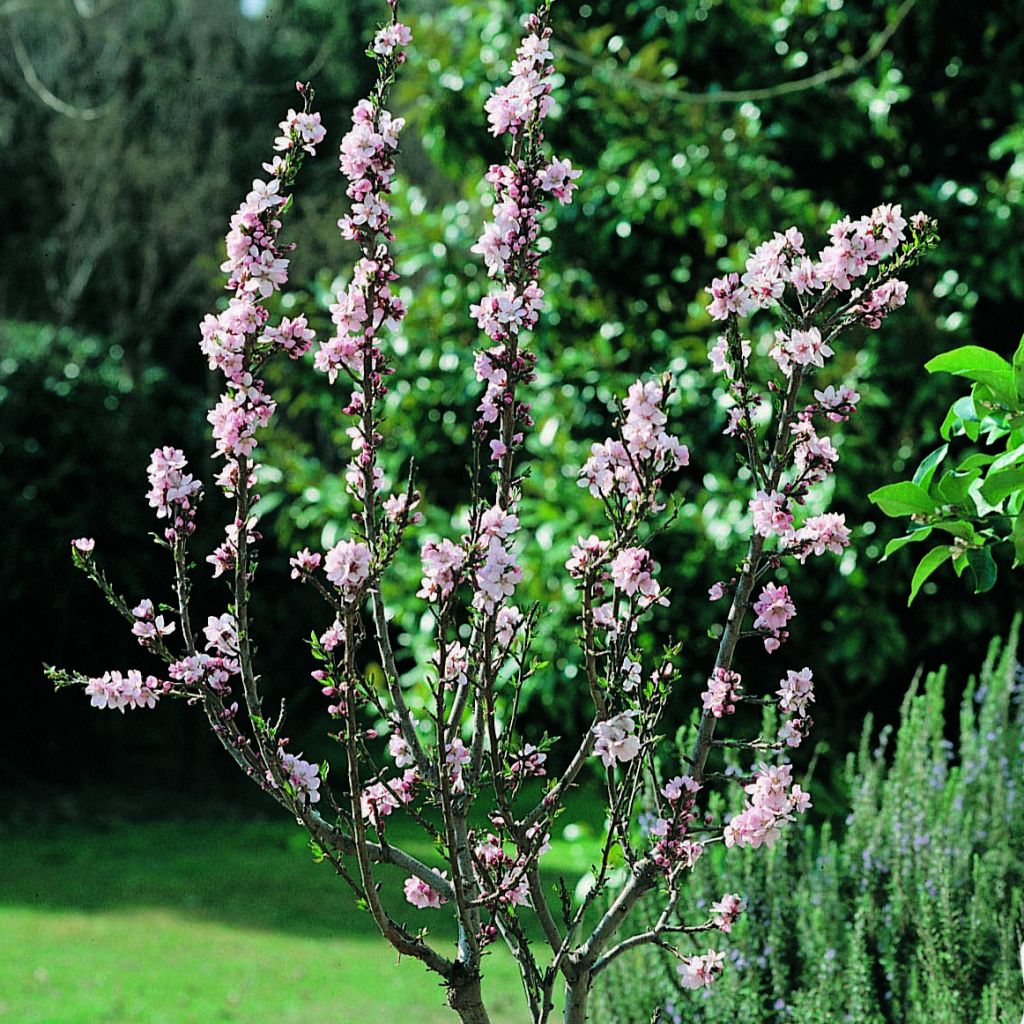

Dwarf Almond Garden Prince
Dwarf Almond Garden Prince
Prunus amygdalus Garden Prince®
Almond
This item cannot be shipped to the selected country
Delivery charge from €5.90
Oversize package delivery charge from €6.90
Delivery to Corse prohibited
More information
Schedule delivery date,
and select date in basket
This plant carries a 6 months recovery warranty
More information
We guarantee the quality of our plants for a full growing cycle, and will replace at our expense any plant that fails to recover under normal climatic and planting conditions.
From €5.90 for pickup delivery and €6.90 for home delivery
Express home delivery from €8.90.
Oversize package: home delivery by special carrier from €6.90 per order..
Express home delivery from €8.90.
Delivery to Corse prohibited: UE law prohibits the import of this plant from mainland France to Corse as part of the fight against Xylella fastidiosa. Please accept our sincere apologies.
More information

Description
The Garden Prince® Dwarf Almond (Prunus amygdalus) is a self-fertile variety that can be grown in a pot or in the ground, reaching a height of 1m (3ft) at maturity. It can be grown in the north of France against a wall. This variety, originally from America, is productive. Following its flowering in February, this Almond tree produces almonds with a soft shell, which are quite large and can be harvested from late September. Planting should be done in autumn.
The almonds, surrounded by a thin brown skin, are contained within a more or less tender shell, which is itself surrounded by a green fuzzy envelope. The almonds are harvested when the fuzzy envelope opens, usually towards the end of summer, by shaking the branches. After harvest, separate the shells from the green envelope, spread them out, and let them dry in the sun for several days. The dried almonds can then be stored for several months in a dry and airy place. In May and June, it is also possible to pick fresh (green) almonds by hand. These will only keep for a few days. In cooking, almonds can be used whole (with the skin), blanched (without the skin), slivered (cut into very thin slices lengthwise), or crushed (reduced to small pieces or powder). They are mainly consumed in desserts or in certain savory dishes such as tagines, for example. Almonds are oily fruits and can sometimes cause allergic reactions. Almonds are used in cosmetics, particularly for their oil with soothing and moisturizing properties.
The flowering of the Almond tree, in February or March depending on the variety, is particularly sensitive to spring frosts. The Garden Prince® variety flowers in February, with the Almond tree covered in small white-pink flowers that appear before the foliage. This variety is self-fertile.
The Almond tree is a nut-bearing fruit tree belonging to the Rosaceae family, native to central Asia. It is a typical tree of the Mediterranean region, and its wood is used in cabinetmaking. Its deciduous leaves are alternate, narrow, and lanceolate. The Garden Prince® Dwarf Almond is a small shrub, reaching a height of 1m (3ft) at maturity. It can be grown in a pot on a balcony or terrace, or in the ground to enhance a flower bed, for example. Hardy, it withstands cold weather well but will need protection if grown in a pot.
Report an error about the product description
Dwarf Almond Garden Prince in pictures
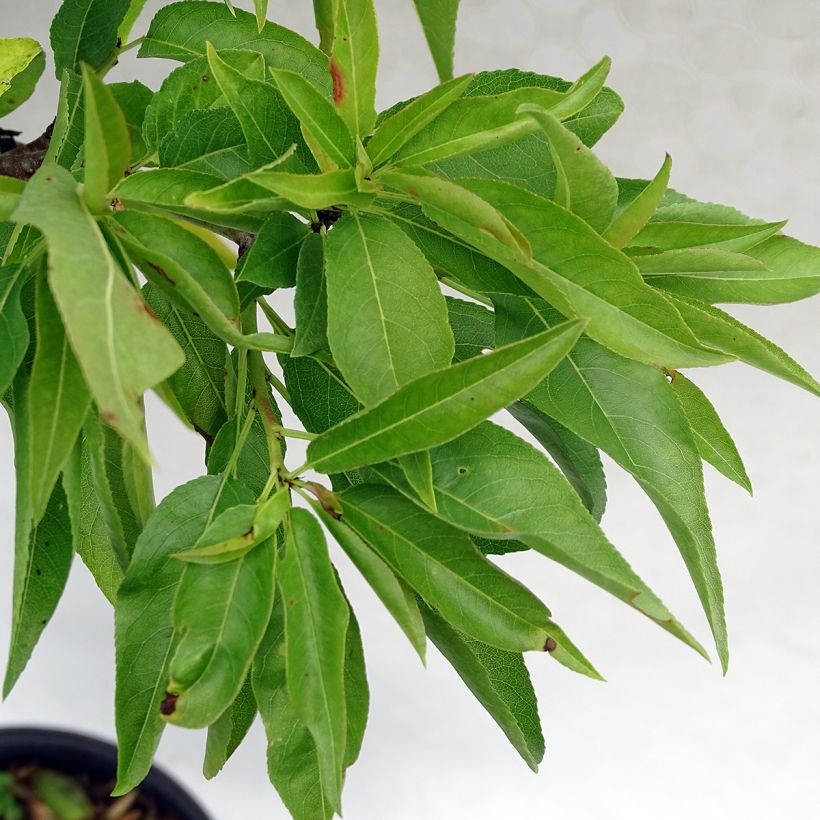

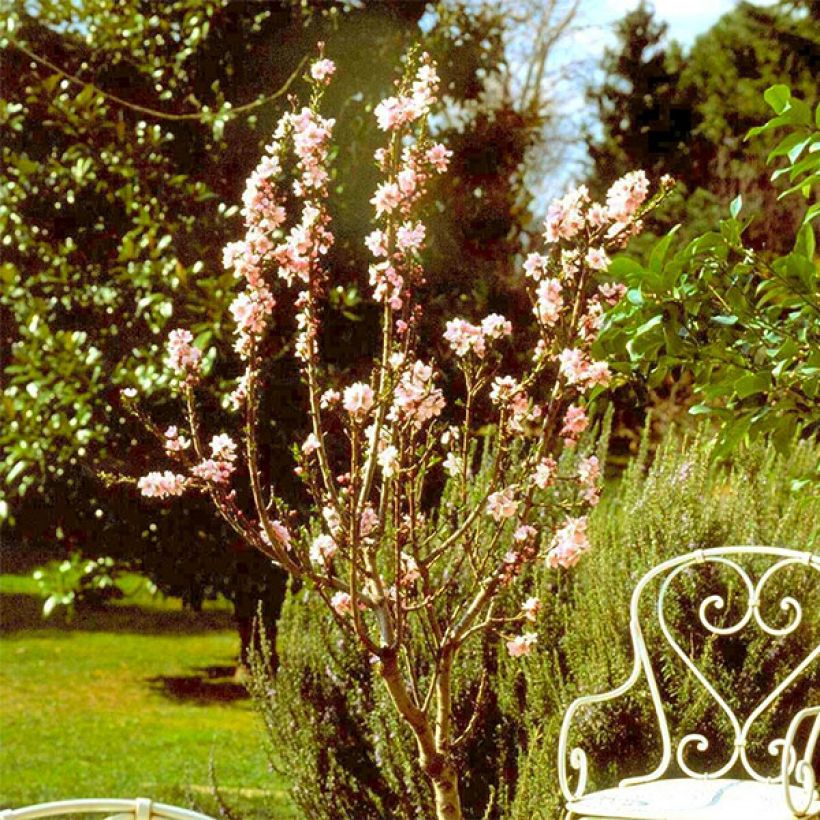

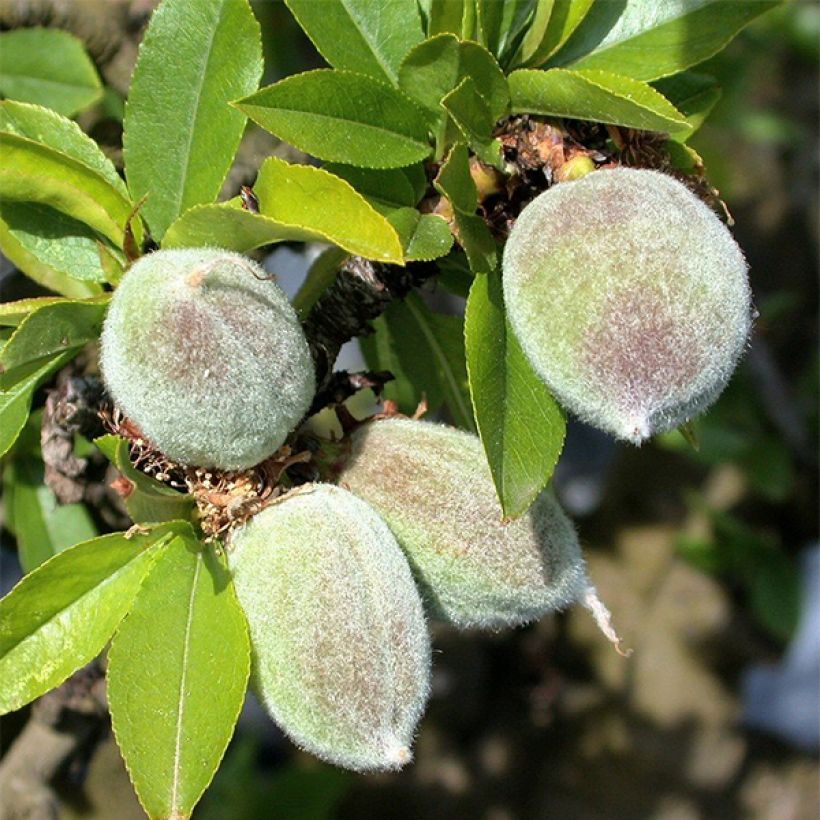

Plant habit
Fruit
Flowering
Foliage
Botanical data
Prunus
amygdalus
Garden Prince®
Rosaceae
Almond
Central Asia
Pêcher franc (Bare root - Scion)
Other Fruit trees A to Z
Planting and care
Planting is done in the autumn. Choose a sunny and sheltered spot. The Almond tree thrives in all types of soil, including rocky and slightly chalky soils, preferring well-drained and light soils.
In the ground: Loosen the soil deeply, remove rocks and unwanted weeds. Add some sand to improve drainage. Dig a hole 3 to 4 times the volume of the root ball, place the root ball and cover with soil. Create a basin around the base and water generously.
In spring, add well-rotted compost by surface scratching, taking care not to damage the roots. Water during the first year of planting and as needed, mainly in case of high temperatures.
In a pot: Place a layer of gravel or clay beads at the bottom of the pot to facilitate drainage. Add a layer of soil and then place the young plant and cover with a mixture of 2/3 garden soil and 1/3 compost or well-rotted manure. Every spring, replace the surface layer with fresh compost. Water regularly and moderately. At the end of autumn, protect the pot with insulation before winter frosts.
Planting period
Intended location
Care
-
, onOrder confirmed
Reply from on Promesse de fleurs
Mediterranean fruit trees
Haven't found what you were looking for?
Hardiness is the lowest winter temperature a plant can endure without suffering serious damage or even dying. However, hardiness is affected by location (a sheltered area, such as a patio), protection (winter cover) and soil type (hardiness is improved by well-drained soil).

Photo Sharing Terms & Conditions
In order to encourage gardeners to interact and share their experiences, Promesse de fleurs offers various media enabling content to be uploaded onto its Site - in particular via the ‘Photo sharing’ module.
The User agrees to refrain from:
- Posting any content that is illegal, prejudicial, insulting, racist, inciteful to hatred, revisionist, contrary to public decency, that infringes on privacy or on the privacy rights of third parties, in particular the publicity rights of persons and goods, intellectual property rights, or the right to privacy.
- Submitting content on behalf of a third party;
- Impersonate the identity of a third party and/or publish any personal information about a third party;
In general, the User undertakes to refrain from any unethical behaviour.
All Content (in particular text, comments, files, images, photos, videos, creative works, etc.), which may be subject to property or intellectual property rights, image or other private rights, shall remain the property of the User, subject to the limited rights granted by the terms of the licence granted by Promesse de fleurs as stated below. Users are at liberty to publish or not to publish such Content on the Site, notably via the ‘Photo Sharing’ facility, and accept that this Content shall be made public and freely accessible, notably on the Internet.
Users further acknowledge, undertake to have ,and guarantee that they hold all necessary rights and permissions to publish such material on the Site, in particular with regard to the legislation in force pertaining to any privacy, property, intellectual property, image, or contractual rights, or rights of any other nature. By publishing such Content on the Site, Users acknowledge accepting full liability as publishers of the Content within the meaning of the law, and grant Promesse de fleurs, free of charge, an inclusive, worldwide licence for the said Content for the entire duration of its publication, including all reproduction, representation, up/downloading, displaying, performing, transmission, and storage rights.
Users also grant permission for their name to be linked to the Content and accept that this link may not always be made available.
By engaging in posting material, Users consent to their Content becoming automatically accessible on the Internet, in particular on other sites and/or blogs and/or web pages of the Promesse de fleurs site, including in particular social pages and the Promesse de fleurs catalogue.
Users may secure the removal of entrusted content free of charge by issuing a simple request via our contact form.
The flowering period indicated on our website applies to countries and regions located in USDA zone 8 (France, the United Kingdom, Ireland, the Netherlands, etc.)
It will vary according to where you live:
- In zones 9 to 10 (Italy, Spain, Greece, etc.), flowering will occur about 2 to 4 weeks earlier.
- In zones 6 to 7 (Germany, Poland, Slovenia, and lower mountainous regions), flowering will be delayed by 2 to 3 weeks.
- In zone 5 (Central Europe, Scandinavia), blooming will be delayed by 3 to 5 weeks.
In temperate climates, pruning of spring-flowering shrubs (forsythia, spireas, etc.) should be done just after flowering.
Pruning of summer-flowering shrubs (Indian Lilac, Perovskia, etc.) can be done in winter or spring.
In cold regions as well as with frost-sensitive plants, avoid pruning too early when severe frosts may still occur.
The planting period indicated on our website applies to countries and regions located in USDA zone 8 (France, United Kingdom, Ireland, Netherlands).
It will vary according to where you live:
- In Mediterranean zones (Marseille, Madrid, Milan, etc.), autumn and winter are the best planting periods.
- In continental zones (Strasbourg, Munich, Vienna, etc.), delay planting by 2 to 3 weeks in spring and bring it forward by 2 to 4 weeks in autumn.
- In mountainous regions (the Alps, Pyrenees, Carpathians, etc.), it is best to plant in late spring (May-June) or late summer (August-September).
The harvesting period indicated on our website applies to countries and regions in USDA zone 8 (France, England, Ireland, the Netherlands).
In colder areas (Scandinavia, Poland, Austria...) fruit and vegetable harvests are likely to be delayed by 3-4 weeks.
In warmer areas (Italy, Spain, Greece, etc.), harvesting will probably take place earlier, depending on weather conditions.
The sowing periods indicated on our website apply to countries and regions within USDA Zone 8 (France, UK, Ireland, Netherlands).
In colder areas (Scandinavia, Poland, Austria...), delay any outdoor sowing by 3-4 weeks, or sow under glass.
In warmer climes (Italy, Spain, Greece, etc.), bring outdoor sowing forward by a few weeks.

































